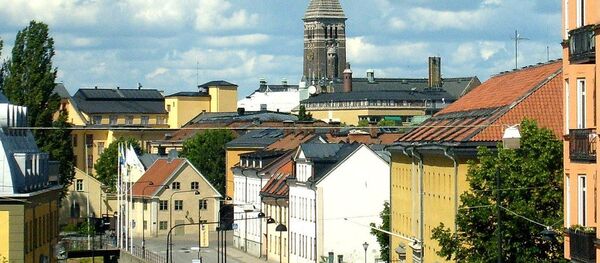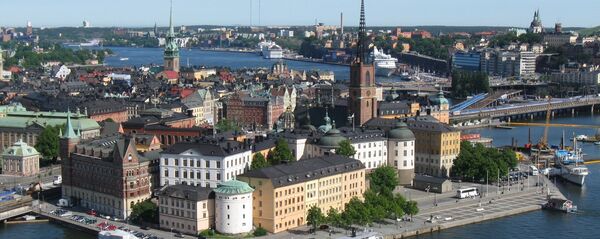The study included all refugee arrivals to Sweden between 2005 and 2007 and followed the public net costs for every single refugee until 2012. The report was released by the Fiscal Policy Council on Monday and is the first of its kind in Sweden.
"Naturally, thematic research has been performed before, but no one has in fact followed the issue in an equally in-depth way as we. This is the first study that follows refugees from the time of their arrival for seven years to see the cost development in progress," Mats Hammarstedt told Nyheter Idag.
The report also noticed a marked difference between different population groups in terms of entering the labor market and the impact on the state coffers. What matters most is not the ethnic background, but rather the level of education and the command of the language, Mats Hammarstedt stressed.
"However, things tend to go a little more smoothly for refugees coming from the Middle East compared to those from Africa. But above all, the level of education is crucial. Highly educated refugees do much better than those with an inferior education," Mats Hammarstedt told Nyheter Idag.
"The educated refugees are equipped with skills that allow them to directly enter into the labor market and learn the Swedish language. They also have greater opportunities to benefit from Swedish courses," Hammarstedt said.
By their own admission, the researchers hope the report will lay the foundation for a realistic discussion of the refugee issue, resting upon facts rather than ideology.






